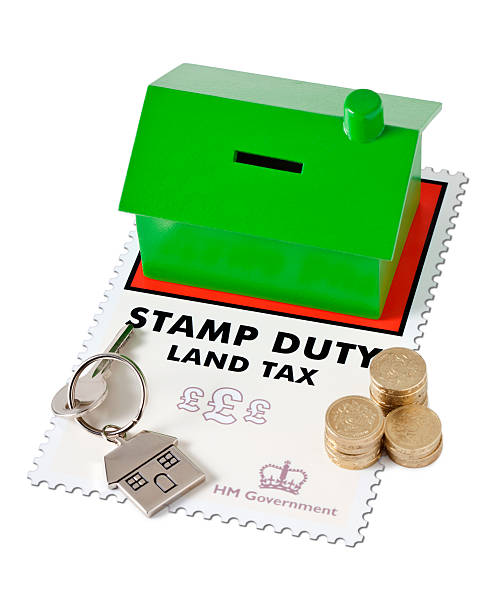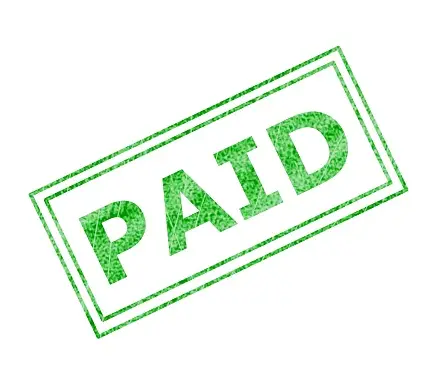Stamp Duty is a tax that you may have to pay if you purchase a property or a piece of land in Northern Ireland or England over a certain amount. In Scotland, it is known as Land and Building Transaction Tax, and in Wales it is called Land Transaction Tax with rates set locally. The amount that you pay is not calculated through by the amount you’re borrowing through a mortgage, it is calculated using the purchase price of a property.

What is the Stamp Duty Threshold?
The threshold is where the SDLT starts to apply, however if you purchase a property for less than the threshold there will be no SDLT to pay, the current SDLT thresholds are:
- £250,000 for residential properties
- £425,000 for first-time buyers purchasing a residential property worth £625,000 or less
- £150,000 for non-residential land and properties
Stamp Duty on second homes
If you decide to buy an additional property such as a buy-to-let property or a holiday home in Northern Ireland or England that costs more than £40,000, you will have to pay an add on of 3% in Stamp Duty as well as the standard rates. This increased amount refers to properties purchased for £40,000 or more, this doesn’t apply to mobile homes, caravans or houseboats.
Stamp Duty relief for first time buyers
Someone would be categorized as a first-time buyer if they are purchasing their main or only home and have never owned a freehold or have a leasehold interest in a residential property abroad or in the UK.
A first-time buyer in England or Northern Ireland would not have to pay Stamp Duty on properties worth up to £425,000. Furthermore, for properties costing up to £625,000, you don’t pay any Stamp Duty on the first £425,000. You will then need to pay Stamp Duty at the relevant rate of 5% on the left-over amount, up to £200,000.
If the property that you are purchasing is worth over £625,000 then you will need to pay the standard rates and you will not qualify for the first-time buyer’s relief.
Stamp Duty for non-residents
There is a chance that if you’re a non-UK resident buying a residential property in England or Northern Ireland you may have to pay an additional 2% as well as the existing Stamp Duty charge for properties that are valuing more than £40,000.
How to pay Stamp Duty
When it comes to paying Stamp Duty, you may have some questions on how to fund the cost. The best thing to do would be to decide how much you are prepared to spend on a property, this is because realistically it is just another cost that is associated with buying a home.
Normally, your solicitor will handle the Stamp Duty and any payments that are due for you, however you can do this yourself. No matter who does this, it is your responsibility to make sure everything is submitted on time. As well as this, you must still submit a return (unless you are exempt) even if you don’t have to pay any Stamp Duty.

When is Stamp Duty not payable?
There can be circumstances where your Stamp Duty might not be payable, some of examples of when this would apply would be:
- Transfer of property in execution of a court order during divorce, separation or dissolution are usually exempt. If a couple do decide to separate permanently without getting a court order they will be treated for SDLT purposes as an unmarried couple.
- If you give your house to someone else then they wont have to pay SDLT on the market value of the property, this is as long as there is no outstanding mortgage on the property. If you take over all or part of the mortgage, SDLT may be payable on the value of the mortgage over the relevant threshold.
- Property that is left under the terms of a will may not be susceptible to SDLT, provided that no other consideration is given. Usually, there is no requirement to notify HMRC in this case.
Rates for non-residential, mixed land and property
You pay SDLT on increasing portions of the property price when you pay £150,000 or more for mixed or non-residential property or land. You must still send a SDLT return for the majority of transactions under £150,000.
Non-residential properties include:
- Commercial property
- Forests
- Property that isnt suitable to be lived in
- 6 or more residential properties bought in a single transaction
- Agricultural land that’s part of an active farm or used for rural reasons
- Any other land or property that is not a part of a residences garden or grounds.
